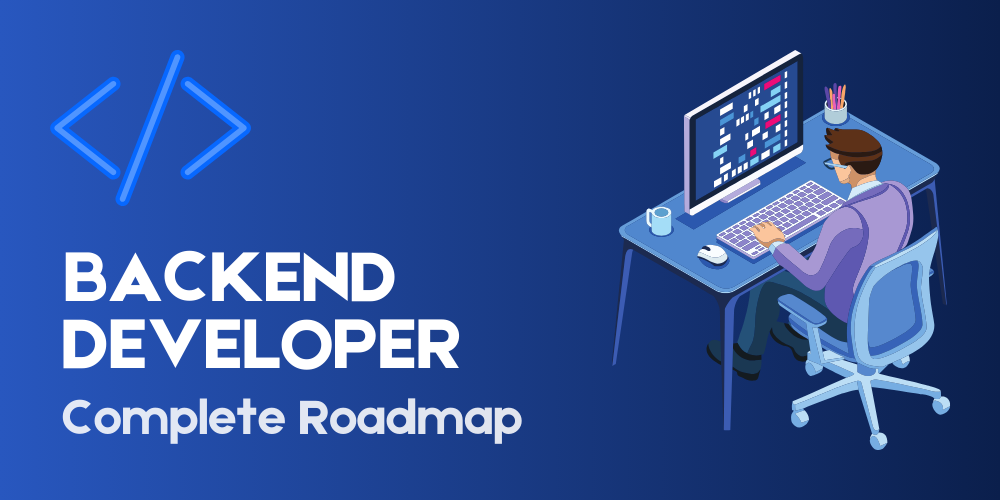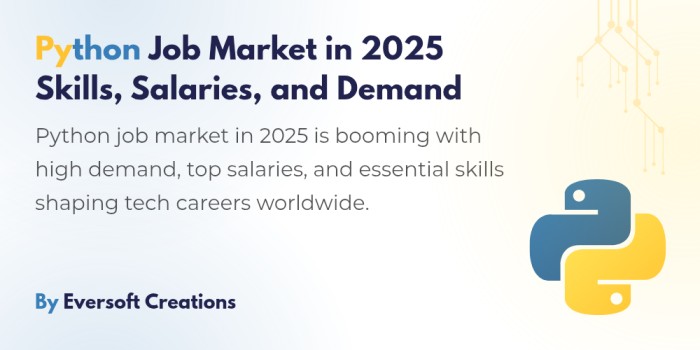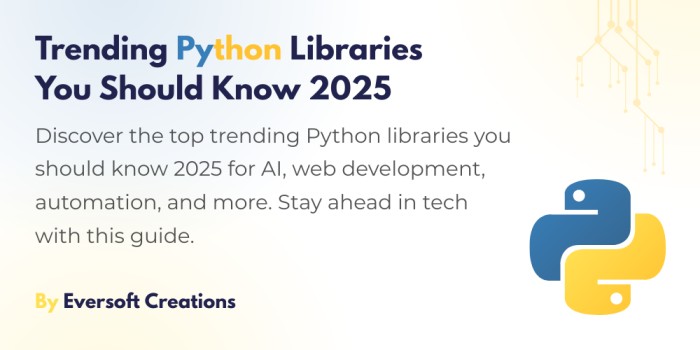The document explains the fundamental capabilities together with essential procedures that lead beginners toward backend development success.
The guide offers directions towards understanding your present situation in backend development while providing guidance for upcoming steps towards your development goals.
Front End vs Back End
Every website contains two architectural components which include front end and back end sections.
A front end presents the browser-based visuals as well as the user interface elements that users can access online.
The back end functions by handling data storage operations together with database management along with API and system operations.
Web development roles consist of three distinct categories for practitioners.
- Front-end development
- Back-end development
- Full-stack development contains the practice of accomplishing front-end and back-end programming tasks.
What Does a Backend Developer Do?
Back-end developers construct fundamental systems which run behind the scenes to activate application features that end-users need.
The job demands creating system architecture and implementation followed by post-development maintenance.
The main duties of their position demand work in the following areas:
- Databases, such as MySQL,
- Frameworks, like Laravel or Ruby on Rails
- APIs (Application Programming Interfaces).
Backend developers maintain operating efficiency of backend systems to keep interfaces communicating effectively with core data systems processes.
The main duties of backend developers consist of the following points:
- They need to understand all performance targets and website objectives
- The site relies on the developer to establish and oversee its APIs.
- The development of protected systems to house data along with payment-specific solutions and other special conditions for data processing operations
- The role involves both the creation of code alongside the handling of bugs and the execution of code testing and code maintenance activities.
- The design process of site architecture uses Agile/Scrum methodologies together with multiple frameworks.
- Organizing system logic efficiently
- A problem-solving approach should handle system-related matters through innovative solutions.
Essential Knowledge for Becoming a Backend Developer
One must learn several skills with various technologies to achieve expertise in backend development.
Here is an organized plan which will lead you toward this objective in an effective way.
Each person requires different time to learn because individual learning speeds vary across students. Few developers finish this path within six months yet many students require much longer durations to achieve the same outcome.
Step 1: Learn the Fundamentals of Backend Development
- Back-end developers need to understand their fundamental duties and tasks as part of their position. Study about database systems along with frameworks and APIs.
- Students should take a complete educational program about database administration. Students must learn SQL programming alongside relational databases through MySQL while developing their ability to create and manage databases.
- You should establish basic understanding of server-side programming languages by starting with PHP or Python.
Step 2: Master Advanced Backend Concepts
- Discover the functionality of NoSQL systems through MongoDB then study how to design and optimize database structures.
- Gain advanced server-side programming abilities through detailed study of PHP or Python where you will master function writing and classification methods alongside object-oriented programming techniques.
- Work on projects directly with framework applications. A common framework should guide your choice such as Laravel PHP or Django Python followed by basic application development to master MVC principles.
Step 3: API Development and Integration
- You must understand Application Programming Interfaces together with their function in backend development and RESTful API essential design aspects.
- Launch API development through practical work using Postman as a tool for endpoint testing and debugging.
- Study multiple authentication approaches and security protocols for development use.
- Master the practice of API consumption for web applications as well as mobile platforms. Apply third-party APIs to your project development activities.
Step 4: Troubleshooting and Optimization
- Master the skills for debugging backend application operations through effective diagnosis methods.
- Understand performance optimization methods by investigating the practice of lazy loading and analysis of caching techniques as well as load balancing strategies and database indexing strategies.
- Learn to work with available monitoring and analytics systems. New Relic or Datadog provides platforms for tracking application performance while teaching users to create and inspect performance metrics.
Step 5: Cloud Infrastructure and Deployment
- Become familiar with cloud computing concepts from among the popular cloud providers which include AWS and Azure.
- To learn cloud services development for backend programming students should take classes which explain serverless computing along with containerization and microservices and cloud services.
- Practical experience should be acquired by deploying active applications to cloud platforms. Study about CI/CD pipelines together with automated deployment strategies.
Step 6: Advanced Topics and Projects
- The groundwork is complete for you to explore sophisticated backend technology subjects that include message queues and event-driven systems together with real-time communication.
- The final project demands integration of complete backend technologies alongside significant concepts to achieve a sophisticated operational challenge.
- Conclude your learning process through project evaluations to identify which aspects need improvement. Job candidates should practice coding challenges to prepare for their interviews.
Backend Development Tools and Software
1. Database Frameworks
- MySQL: Web applications use relational database management systems for data storage because these systems combine large capacity with dependable performance.
- MongoDB: The database system operates by using JSON-like documents within flexible schemas specifically for applications that manage changing data models or unstructured data.
2. Web Servers
- Node.js: The cross-platform JavaScript runtime environment operates with event-driven I/O model and non-blocking capabilities which enables it to process multiple concurrent users effectively. The runtime environment supports real-time applications including chat applications and online gaming whereas collaborative tools perform best when developers already possess JavaScript experience.
- Apache HTTP Server 2: Due to its stability and security features and flexible capabilities this software stands as an open-source web server software. Web content delivery occurs through this software that proves effective for website and web application hosting. Teams who work with PHP or Python languages will find Apache more accessible for their needs.
- LiteSpeed: The web server software manages high traffic volumes efficiently while keeping performance at its peak. This web server software works well with businesses receiving heavy visitor traffic and allows programming through Python, Ruby, PHP and Java.
You have 20 servers which support 500 websites per machine resulting in 10,000 websites entirely. LiteSpeed enables your system to host 20,000 websites using the current 20 servers. The server capacity has shown a substantial enhancement leading to better operational effectiveness together with expanded scale potential.
Web server selection depends upon the website or application type you develop. Noob developers should start with Node.js as their initial web server choice. Users who choose Node.js benefit from mastering just JavaScript because this language powers the entire front-end and back-end development needs of their website.
3. Security Protocols
SSL/TLS Certificates provide secure network communication by encrypting communication information between server and client systems. Online data security relies on SSL together with its successor protocol TLS to establish confidential and integrity-secured network connections.
4. Version Control System
After understanding version control systems you should move on to the next topic. The tools enable users to monitor project evolution and they promote joint collaboration with multiple team members.
The distributed version control system Git remains the most popular such tool because 70 percent of software development teams use it. The time needed to master Git amounts to fourteen days. Learning this software becomes essential for any developer.
The development tools enable backend developers to construct dependable web applications that scale and protect information storage while hosting servers and encrypting online communication processes.
Conclusion
Applying this learning plan together with persistent dedication allows you to develop essential backend development competencies before securing employment in the industry.
The audience can expect additional worthwhile information in future releases.



